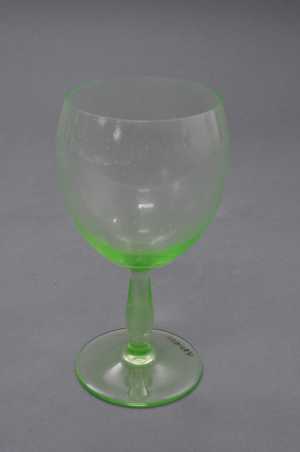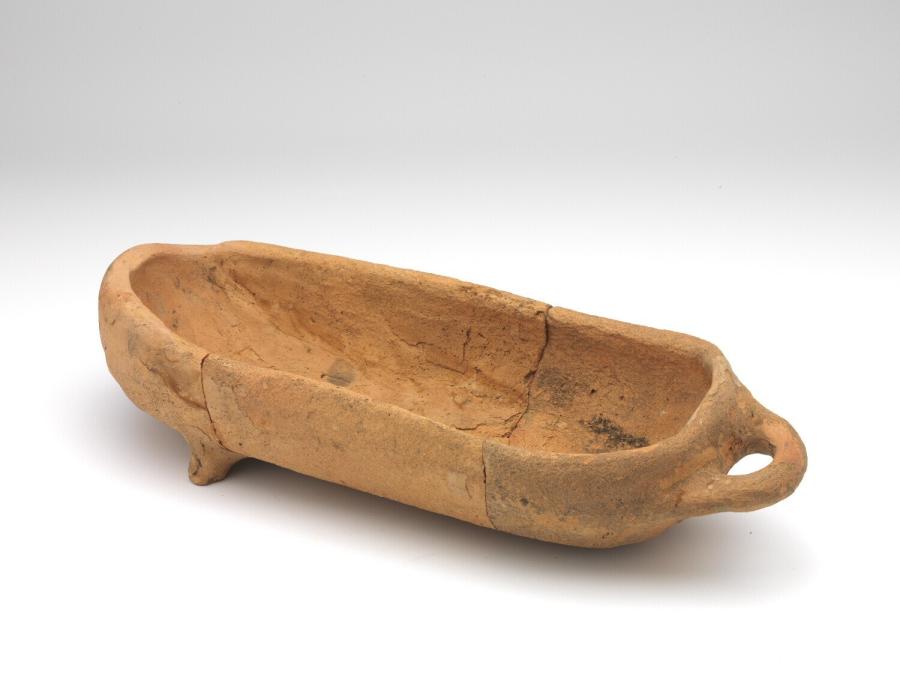Specifications
| Title | bread mould |
|---|---|
| Material and technique | Redware |
| Object type |
Bread mould
> Baking tin
> Cooking utensils
> Kitchen and household
> Utensil
|
| Location | This object is in storage |
| Dimensions |
Height 8,3 cm Width 35,5 cm Depth 13 cm |
|---|---|
| Artists |
Potter:
Anoniem
|
| Accession number | F 2759 (KN&V) |
| Credits | Gift Coll. Van Beuningen-de Vriese, 1990 |
| Department | Applied Arts & Design |
| Acquisition date | 1991 |
| Creation date | in circa 1600 |
| Collector | Collector / Van Beuningen-de Vriese |
| Research |
Show research Alma |
| Material | |
| Object | |
| Geographical origin | The Netherlands > Western Europe > Europe |
| Archeological Find | Noordeinde > North Holland > The Netherlands > Western Europe > Europe |























